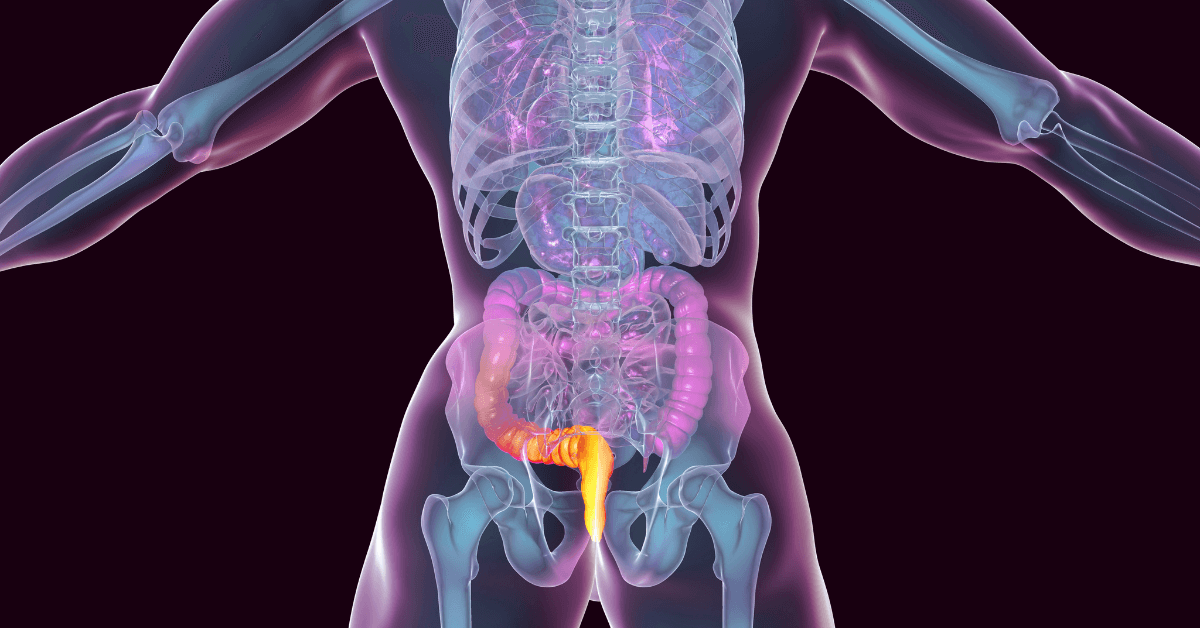Anal fistulas can be a painful and frustrating condition to deal with, but the good news is that effective treatment options are available. Two popular procedures for treating anal fistulas are FiLaC (Fistula-tract Laser Closure) and fistulotomy. But which one is the best choice for you? In this detailed guide, we’ll break down everything you need to know about both treatments—helping you make an informed decision about your health and treatment options.
What Is an Anal Fistula?
An anal fistula is an abnormal connection that forms between the anal canal and the skin near the anus. An anal abscess, a painful collection of pus caused by an infection, usually causes this condition. If the abscess does not heal properly, it can lead to a fistula.
Fistulas are characterized by several symptoms, including:
- Pain in the anal area
- Swelling or a lump near the anus
- Pus or blood discharge
- Irritation or itching around the anus
Given that anal fistulas are often recurrent and challenging to treat, it’s important to explore the best options for effective treatment.
What Is FiLaC (Fistula-tract Laser Closure)?
FiLaC, which stands for Fistula-tract Laser Closure, treats anal fistulas using laser technology in a minimally invasive procedure. During the procedure, the surgeon inserts a small laser fiber into the fistula tract, where it delivers focused energy to seal and close the tract. The laser promotes the healing of the tissue and eliminates the abnormal connection between the anal canal and the skin.
How FiLaC Works:
- A local anesthetic is applied to the area around the fistula.
- A small laser fiber is introduced into the fistula tract.
- Doctors use laser energy to heat the tissue and close the tract from the inside out.
- The process stimulates the body’s natural healing response and promotes tissue regeneration without the need for cutting.
Benefits of FiLaC:
- Minimally invasive: Unlike traditional surgery, FiLaC does not require large incisions or significant tissue removal.
- Short recovery time: Many patients experience faster recovery compared to traditional procedures.
- Reduced risk of incontinence: Since there is minimal disruption to surrounding tissues and muscles, the risk of incontinence (loss of control over bowel movements) is much lower.
- Suitable for complex fistulas: FiLaC is often the preferred treatment for high-risk or complex fistulas, which may involve multiple tracts or branching.
- Less pain and discomfort: The minimally invasive nature means less post-procedural pain, and many patients report less discomfort compared to traditional surgery.
Considerations for FiLaC:
- Specialized equipment: Not all medical centers offer FiLaC, as it requires specialized equipment, such as a laser device and specific training.
- Not always suitable for large or deep fistulas: In some cases, especially with very large or intricate fistulas, FiLaC may not provide sufficient results, and traditional surgery may be needed.
- Potential for recurrence: Though the success rate of FiLaC is high, recurrence of the fistula can occur, particularly in complex cases.
What Is Fistulotomy?
Fistulotomy is the traditional surgical treatment for anal fistulas. During this procedure, the surgeon makes an incision along the length of the fistula tract. The goal is to cut open the tract and allow it to heal from the inside out. The procedure is straightforward but does come with a longer recovery time and some potential risks.
How Fistulotomy Works:
- A local anesthetic or general anesthesia is applied.
- The surgeon makes an incision along the length of the fistula tract to open it up.
- The tract is left open to heal gradually over time.
- The doctor may place a drain temporarily to allow any residual fluid to drain away during the healing process.
Benefits of Fistulotomy:
- Established success: Fistulotomy has been used for decades and is well-established as an effective procedure for simple fistulas.
- Effective for straightforward fistulas: If the fistula has a simple, single tract, fistulotomy is highly effective at closing it.
- Long-term results: For many patients, fistulotomy offers long-term resolution with a low recurrence rate once the fistula is fully healed.
Considerations for Fistulotomy:
- Longer recovery time: Patients typically take 4 to 6 weeks to recover after fistulotomy and should avoid strenuous activity during this period.
- Risk of incontinence: One of the biggest risks of fistulotomy is the potential damage to surrounding sphincter muscles, which control bowel movements. This can lead to incontinence (difficulty controlling bowel movements), especially in complex fistulas.
- Pain and discomfort: The procedure cuts through tissue, and patients tend to experience more pain during recovery compared to minimally invasive options like FiLaC.
- Not suitable for complex fistulas: Healthcare providers typically do not recommend fistulotomy for complex fistulas, particularly those with multiple tracts or near important muscles.

FiLaC vs. Fistulotomy: Which Is Right for You?
Choosing between FiLaC vs fistulotomy depends on several factors, including the complexity of your fistula, your medical history, and your personal preferences for recovery. Here’s a breakdown of the key considerations:
Choose FiLaC if:
- You have a complex fistula or multiple fistulas that require a more precise and gentle approach.
- You want a minimally invasive procedure with a faster recovery.
- You want to reduce the risk of incontinence associated with traditional surgery.
- You prefer a treatment option with less post-procedural pain.
Choose Fistulotomy if:
- You have a simple fistula with a single tract.
- You’re comfortable with a longer recovery time (4–6 weeks).
- You want a proven, well-established treatment that doctors have used for many years with high success rates.
- You are okay with the potential risk of incontinence, especially if the fistula is located near the anal sphincter.
What Is Recovery Like After FiLaC vs Fistulotomy?
Recovery After FiLaC:
- Healing time: Most patients can resume normal activities within 2–4 weeks.
- Aftercare: Your healthcare provider may advise you to take sitz baths to soothe the area and reduce discomfort. They might also prescribe antibiotics to prevent infection.
- Post-procedure pain: Most people experience minimal pain, and they can typically manage any discomfort with over-the-counter pain relief.
- Follow-up care: Healthcare providers typically schedule a follow-up visit within 2–3 weeks to monitor the healing process and ensure there are no complications.
Recovery After Fistulotomy:
- Healing time: Full recovery can take 4–6 weeks, and you may need to take time off from work or other activities during this period.
- Aftercare: You may need to follow a specific wound care regimen, including keeping the area clean and possibly using a drain to facilitate healing.
- Post-procedure pain: Pain levels can be higher, and you may need prescription pain medications to manage the discomfort during recovery.
- Follow-up care: Regular follow-up visits are necessary to check for complications, such as infection or recurrence of the fistula.

Common Questions About FiLaC vs Fistulotomy
Q: Is FiLaC more expensive than fistulotomy?
FiLaC may cost more initially because it requires specialized laser equipment, and not all insurance plans cover it. However, the shorter recovery time may result in lower overall costs for some patients.
Q: Can I return to work right after FiLaC?
Many patients can return to work within a few days to a week after FiLaC, depending on their job and how well they are healing. Fistulotomy, on the other hand, may require more time off work due to the longer recovery period.
Q: Are there any risks associated with FiLaC?
Although doctors generally consider FiLaC safe, they still recognize a small risk of infection, recurrence, or incomplete healing. A follow-up with your doctor is important to ensure proper recovery.
Conclusion
You should choose between FiLaC and fistulotomy in consultation with a healthcare provider. Both procedures offer significant benefits, but their suitability depends on the complexity of the fistula, your health condition, and your preferences for recovery time. Whether you choose FiLaC for its minimally invasive approach and faster recovery or opt for fistulotomy for its established success, both procedures are effective in providing relief from the discomfort of anal fistulas.



